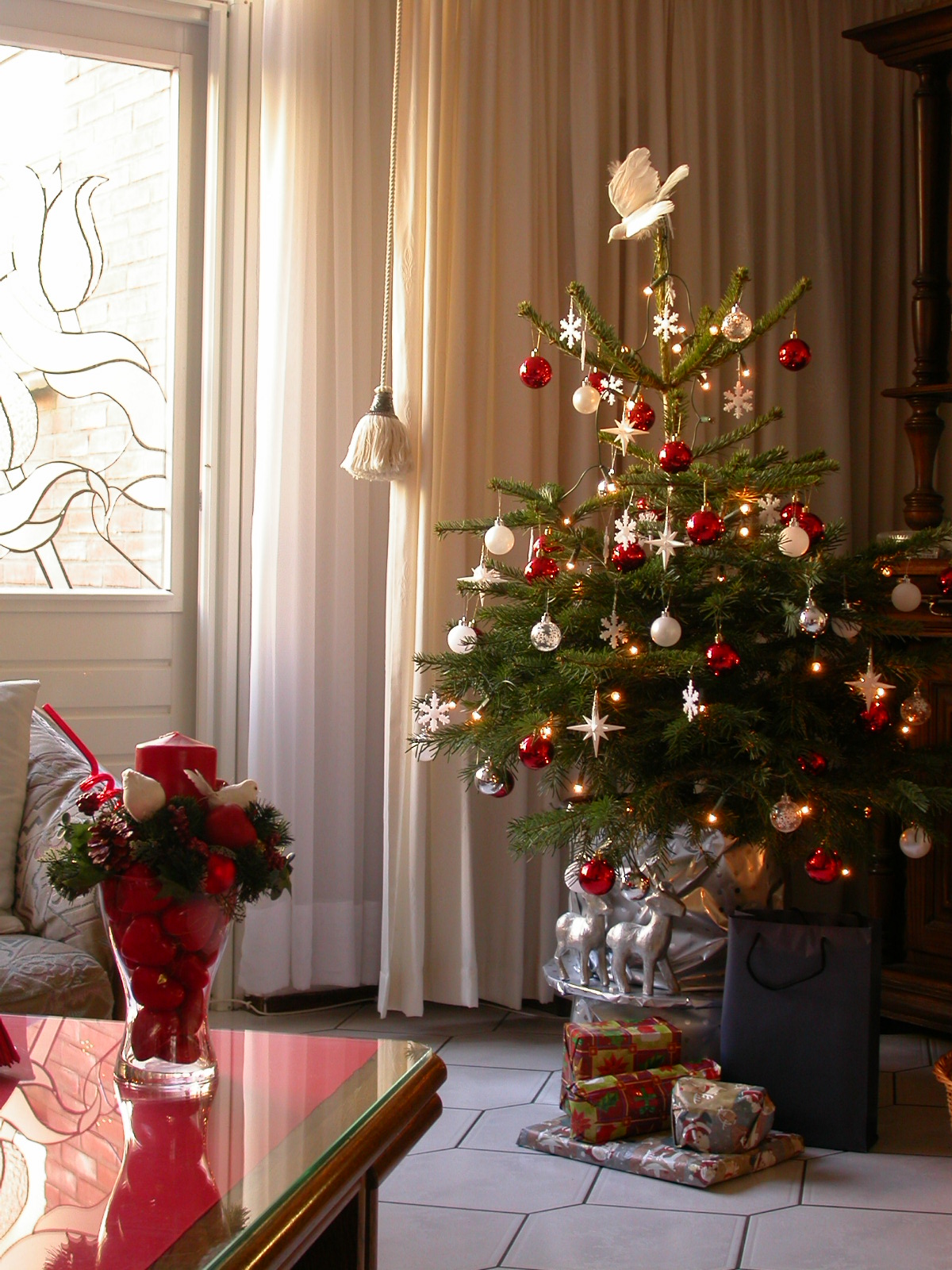Old school Personalised Gifts Uk
페이지 정보
작성자 Mikayla 댓글 0건 조회 10회 작성일 24-07-05 19:38본문
1. Watering: One of the most common mistakes people make with houseplants is overwatering. Most plants prefer to dry out slightly between waterings, so be mindful not to water your plants too frequently. The best way to test if your plant needs water is to stick your finger into the soil - if it feels dry an inch below the surface, it's time to water.
Not only do houseplants improve air quality, but they also have a positive impact on our mental health and well-being. Studies have shown that being in the presence of plants can reduce stress and anxiety, improve mood and increase productivity. The simple act of caring for a plant can also provide a sense of purpose and fulfilment, as well as a connection to nature in our often busy and technology-driven world. By creating an indoor green oasis with houseplants, you can create a calm and soothing environment that promotes relaxation and mental clarity.
In the 20th century, Personalised Baby gifts garden design in Britain began to reflect a more eclectic and diverse range of influences. Modernist architects such as Le Corbusier and Frank Lloyd Wright began to play a role in garden design, with a focus on simplicity, functionality, and the integration of indoor and outdoor spaces.
The Victorian era saw a return to more formal garden design in Britain, as the Industrial Revolution brought advances in technology that allowed for the creation of elaborate and ornate gardens. The Victorian garden was a reflection of the period’s obsession with order and control, with an emphasis on symmetry, structure, and meticulous attention to detail.
5. Repotting: As your houseplants grow, they may outgrow their pots and need to be repotted. Look for signs like roots coming out of the drainage holes or the plant becoming root-bound. When repotting, choose a slightly larger pot with good drainage and fresh potting soil.
One of the key benefits of having houseplants in our homes is their ability to improve air quality. Plants naturally remove toxins from the air through a process called photosynthesis, where they take in carbon dioxide and release oxygen. This can help to reduce the levels of harmful chemicals such as formaldehyde, benzene and trichloroethylene, which are commonly found in indoor environments due to household products and pollution. By having a variety of houseplants in your home, you can create a healthier and cleaner living space for you and your family.
The 18th century saw a shift towards a more naturalistic style of garden design in Britain. The Romantic movement, with its emphasis on the beauty of nature and the picturesque landscape, had a profound impact on garden design during this period. Instead of the formal layouts and geometric patterns of previous eras, garden designers began to create more informal, flowing landscapes that were meant to evoke a sense of tranquility and harmony with nature.
The Renaissance period saw a revival of classical garden design principles, inspired by the writings of Roman authors such as Vitruvius and Pliny. Italian Renaissance gardens, such as those at Villa d'Este and Villa Lante, featured formal layouts, axial symmetry, terraced levels, and elaborate water features. These gardens were designed to impress and delight visitors, showcasing the wealth and culture of their owners.
When it comes to choosing the right houseplants for your home, there are a few factors to consider. Firstly, think about the amount of natural light available in each room, as this will determine which plants will thrive in your space. Some plants, such as spider plants and peace lilies, prefer bright, indirect light, while others, like snake plants and ZZ plants, can tolerate lower light conditions. It's also important to consider the humidity levels in your home, as some plants, such as ferns and orchids, thrive in more humid environments.
The Victorian era ushered in a new era of garden design, with the rise of the gardenesque style and the influence of exotic plants and materials from around the world. Victorian gardens were characterized by their eclectic mix of styles, materials, and plants, with ornate structures, intricate borders, and colourful displays. The formal bedding schemes and intricate parterres of the Victorian era reflected the opulence and grandeur of the period, with an emphasis on display and showmanship.
Garden design has been an integral part of human culture for centuries, reflecting the values, aesthetics, and aspirations of different societies. The history of garden design is a fascinating journey through time, showcasing the evolution of styles, techniques, and trends. From the formal gardens of ancient civilizations to the picturesque landscapes of the Romantic era, the art of garden design has continually evolved to suit the needs and tastes of each era.
In addition to their air-purifying and mood-boosting benefits, houseplants can also enhance the aesthetic appeal of our homes. With a wide variety of shapes, sizes and colours to choose from, houseplants can be used to add a touch of greenery to any room, whether it be a small succulent on a windowsill or a large fiddle-leaf fig in a corner. Plants can also be used to create focal points and add interest to a space, transforming blank walls and empty corners into vibrant and inviting areas that reflect our individual style and personality.
- 이전글How To Outsmart Your Boss Upvc Patio Doors 24.07.05
- 다음글What is meant by ppc? 24.07.05
댓글목록
등록된 댓글이 없습니다.